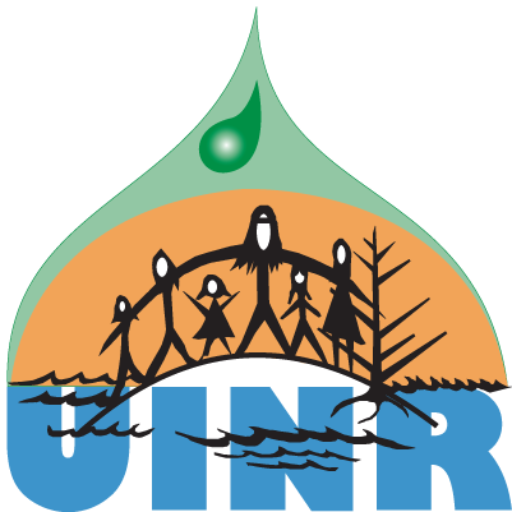In some ways it seems like it was just yesterday that the spark ignited for what was to become the Unama’ki Institute of Natural Resources. 10 years later and UINR is the Mi’kmaq voice on natural resources and the environment in Unama’ki.
 UINR is a unique and effective partnership of state-of-the art marine science and traditional Mi’kmaq knowledge. We work on a wide range of management plans – moose, salmon and lobster – and we lead partnerships with other agencies and government departments. Our Natural Resource Officer program will be a model for effective First Nations’ enforcement.
UINR is a unique and effective partnership of state-of-the art marine science and traditional Mi’kmaq knowledge. We work on a wide range of management plans – moose, salmon and lobster – and we lead partnerships with other agencies and government departments. Our Natural Resource Officer program will be a model for effective First Nations’ enforcement.
It’s been a busy 10 years!
We have plans to celebrate our Anniversary throughout 2009 – a new website, multimedia interviews with our staff and a few parties too!
Another winter has arrived and, as it is with every season, it brings changes. All the Mi’kmaq communities in Unama’ki elected their Chiefs and Councils for the next two-year term. Cape Breton municipalities have elected their mayors, wardens and councils and, federally, we have a new order in Ottawa.
At UINR, these changes mean a new group of people to contact and inform about our activites and parnerships and an opportunity to welcome the newest member to our Board of Directors, Kenny Basque from Potlotek. Around the office we are welcoming Tonia Sylliboy who has set up a UINR office in Potlotek to coordinate Species at Risk for the whole province.
In this month’s UINR Marten issue, we give you a closeup look at one of the new species that has entered the Bras d’Or Lakes – the tunicate. It is threatening our native species like oyster and eels and has been found on eel grass, covering boating gear, oyster shells, etc. It could become a real problem.
UINR is taking an active role in preserving the Malagawatch graveyard that is having a terrible erosion problem. We discovered a huge piece of the bank eroded, uncovering an unusual stone wall. We have scientists and archaeologists looking closely to find out what has been uncovered and we are developing a plan to help slow the erosion of this important Mi’kmaq site.
charlie@uinr.ca
